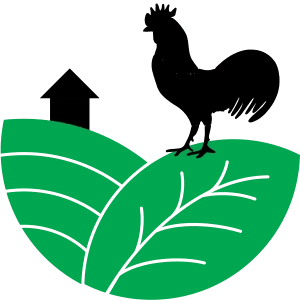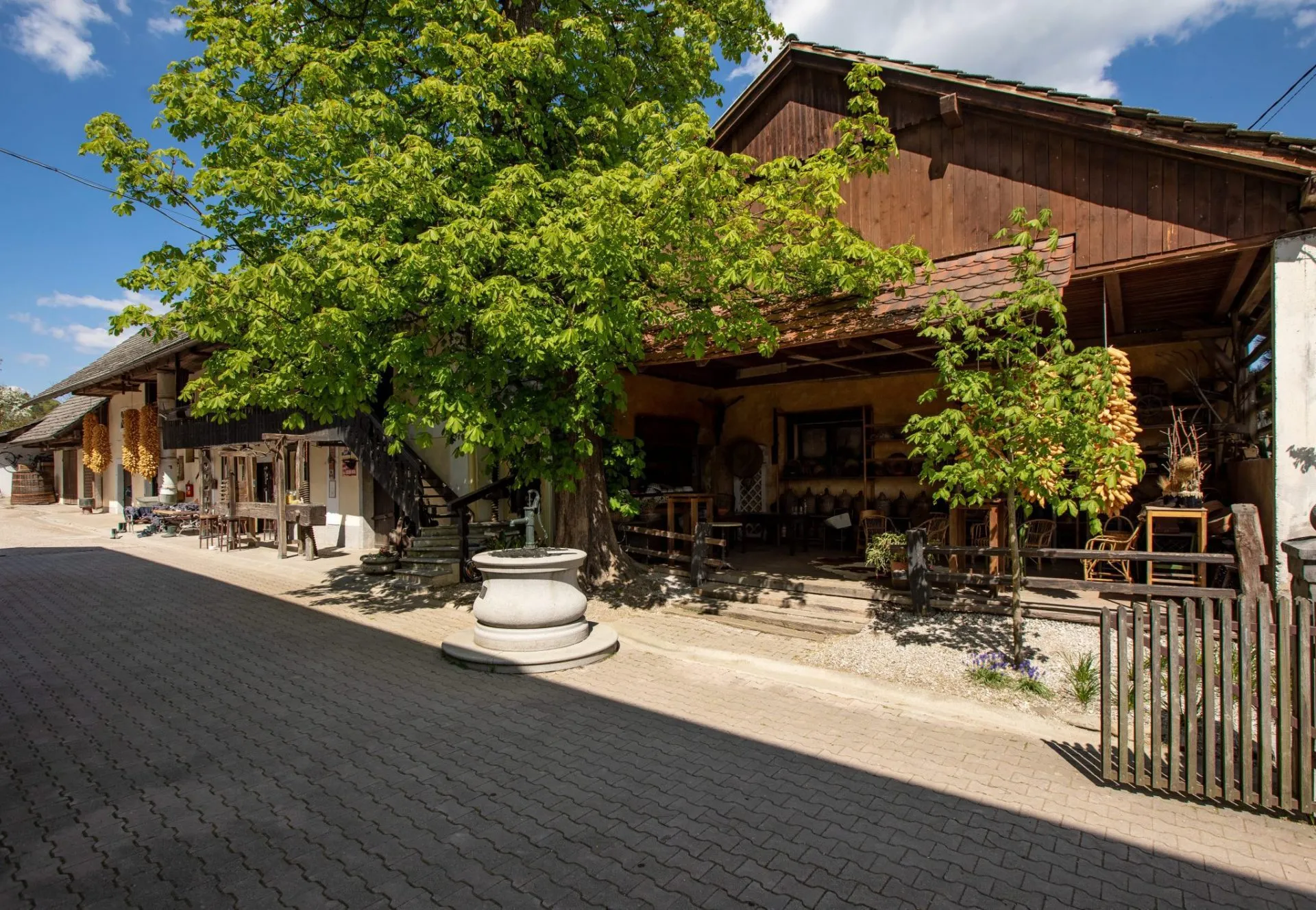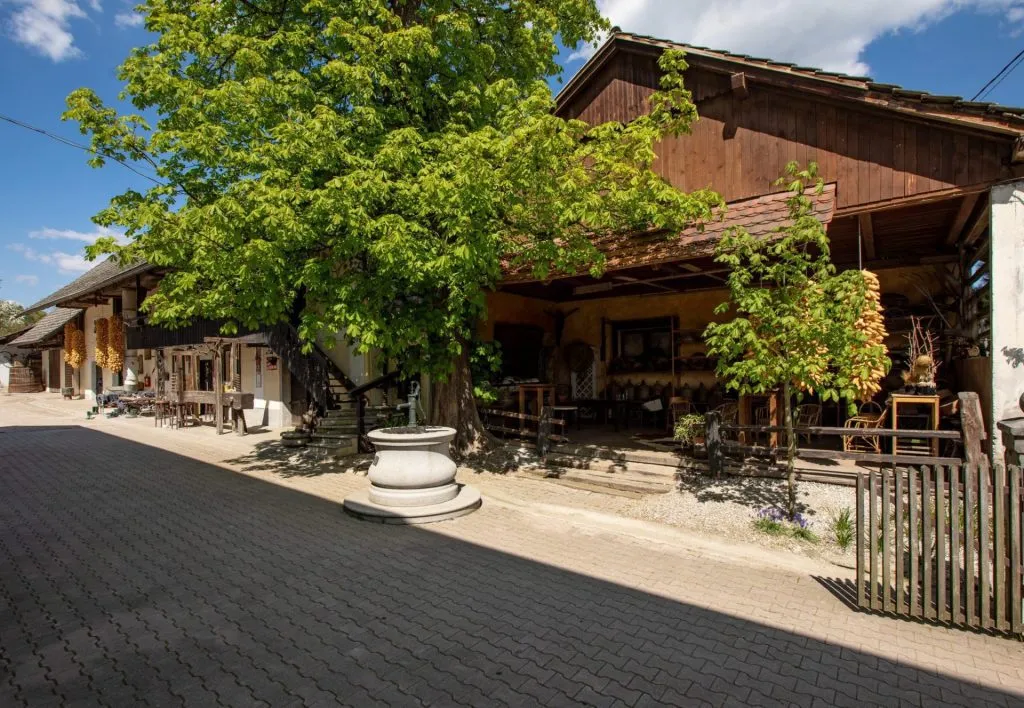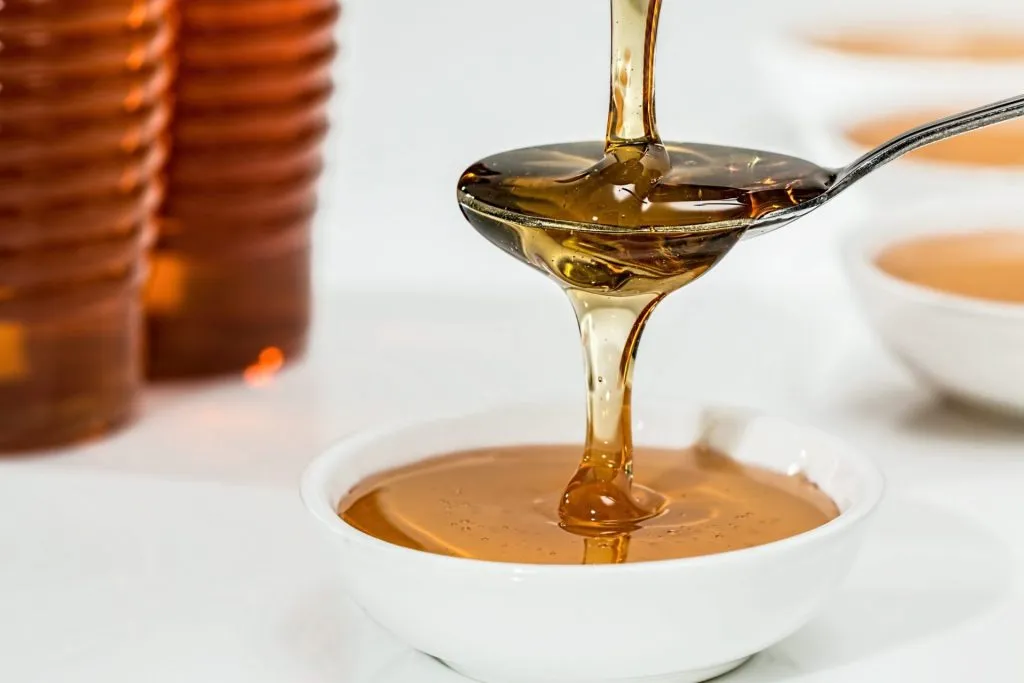Sustainability. It’s a concept that’s seeping from every pore of human society and is becoming an indispensable part of the way we do everything. And rightly so. From the technology we use to the food we eat; all will determine the future quality of life on this planet.
Agriculture is no exception. In fact, our approach to tilling the soil and caring for livestock has never been more important or impactful. A most welcome added bonus is that it’s also exceptionally educational and fun.
WHERE NATURE MEETS NURTURE
In a nutshell, the essence of eco farming lies in protecting the environment by exploiting its resources in the most responsible way possible. A nature-human quid pro quo, if you will.
To achieve this delicate balance, two key conditions have to be met: good biodiversity and the right knowhow. As it happens, Slovenian farmers have an abundance of both at their disposal.
With over 37% of its surface encompassing NATURA 2000 protected sites – the highest in Europe, and hundreds of years of farming tradition(s), Slovenia is nothing short of an eco farm heaven. Local farmers should know, they’ve been setting them up since time immemorial.
Thanks to the country’s diverse terrain, impeccable soil quality and a unique combination of subalpine and Mediterranean climate, Slovenian eco farms can pride themselves on an enviable variety of produce and animals.
ECO FARMING IS BECOMING THE NORM
Fortunately for us, eco farming is on the rise, with more and more of these eco gems popping up and opening their homesteads to the public.
Depending on whether you’re up in the mountains and valleys or down by the sea or Pannonian straights, visiting an eco farm will give you a taste of the land and its history. Quite literally. Today’s farmers still abide by the agricultural rules of old, turning what they grow and/or breed into delicious delicacies steeped in tradition.
And nothing screams tradition like cereals, grains and buckwheat. These crops are deeply enrooted in Slovenian culture and are ecologically produced by farms like Vila Natura to help you make a healthy old-school bowl of buckwheat žganci.
Swooping to the other side of the country to the Tolmin foothills of Triglav National Park, you’ll find the ancient village of Čadrg. This tiny place is home to two eco farms – Pri Križarju and Pri Lovrču. The livestock grazing on their pastures supply milk that is processed into the autochthonous organic Tolminc cheese. It’s used to make the hearty shepherd’s dish called Frika. Have a bite and never look back.
Sticking to the topic of organic food, a healthy diet is the main side-effect of ecological farming. Farms like the eco farm Urška in Slovenia’s north-eastern region are the very definition of plated health. You simply can’t go wrong with a dose of homegrown fruit, vegetables and herbs.
Another special charm of Slovenia is the close proximity of pristine countryside on every step. Located a stone’s throw away from the capital Ljubljana is the Pr’ Krač Homestead. It’s been around for a staggering 300 years and has an excellent holistic approach to ecotourism.
Besides offering accommodations and a superb selection of seasonal organic dishes, this homestead presents its visitors with an opportunity to get their hands dirty by indulging in farming activities themselves. It also hosts cultural evenings and ethnological and equestrian events. Saddle up, go for a picnic, or take a hike down memory lane – the choice is yours.
FARMING LIKE NATURE INTENDED IT
So, as the world’s motto is ‘go green or go home’, one sustainable solution can certainly be found in the home of green – the Slovenian eco farm.
At the end of the day, it’s not just about the fresh air, physical exercise, stunning views, learning about the culture and its people, homemade jams, the tasty Kranjska sausage, the sweet honey of the Carniolan honeybee, nor the scrumptious minced lard and roast lamb, not the long list of breads, soups and pâtés, tones of fruit from miles of orchards, or the cottage cheese, yoghurts and other dairy products, the indigenous potica, or even washing it all down with an exquisite bottle of wine.
Well, it is, it’s exactly that. But what it’s predominantly about is experiencing nature and respecting its treasures in a way that future generations will thank us for.
We promised educational and fun, right?
Written by: Tom Smith










